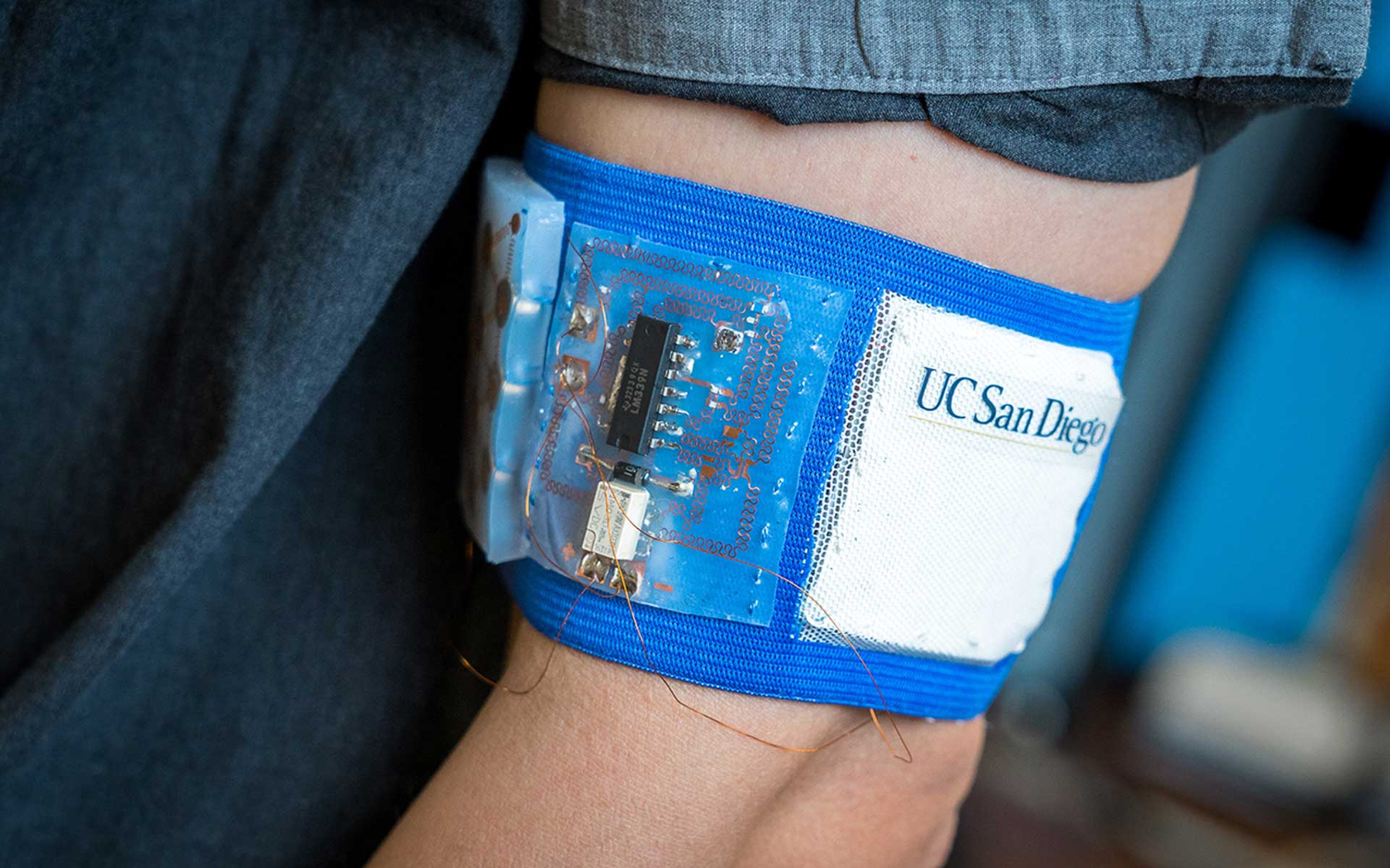This Breakthrough Could Change Clothing Forever (And Save the Environment)
The new technology can reduce our dependence on air conditioning and heating.
Scientists at the University of California, San Diego, have invented a new thermal regulating technology that can reduce our dependence on air conditioning and heating using very little power, which can effectively help the global fight against climate change.

While clothing options that actively heat and cool exist, they are often very inconvenient and power-hungry. Current products are bulky and can’t offer both effective heating and cooling functions. Heating basically involves wearing an electric radiator embedded in a coat attached to a battery pack. And cooling either involves power-hungry fans that sometimes need to be soaked in water, or depend on liquid-coolant circuits.
According to a note published in Science Advances, this new device avoids all that, including both cooling and heating functions into one single device that changes its purpose depending on the direction of the current. According to one of the researchers — assistant professor of mechanical and aerospace engineering at UC San Diego Dr. Renkun Chen — “this type of device can improve your personal thermal comfort whether you are commuting on a hot day or feeling too cold in your office.”
The patch has a thermoelectric material at its core made of bismuth telluride alloys. This material is soldered to copper electrodes strips and everything gets sandwiched between a soft and elastic material invented by the UCSD researchers, which is the product of mixing aluminum nitride power and Ecoflex, a rubber-like substance. These sheets are able to conduct heat in and out of the human skin, thus heating or cooling as needed depending on the direction of the electric current.
The results of this technology are promising: in a test, the patch was able to keep the human skin at a stable 89.6F (32C) while the ambient temperature went from 71.6F to 96.8F (22C to 36.5C). And all while only consuming 0.2 watts for a 2 x 2-inch thermal patch. The scientists believe that it would only take 144 patches with a total consumption of 26 watts to keep someone at the 89.6F mark through the entire day.
According to the research leader Dr. Shanghai Hong, you can consume even less energy if you place the patches in strategic places throughout the clothing, as we have spots that warm up or cool down faster than the rest of the body. This would change our temperature perception without requiring us to apply this material all over a vest.
As Chen points out, “if wearing this device can make you feel comfortable within a wider temperature range, you won’t need to turn down the thermostat as much in the summer or crank up the heat as much in the winter,” thus leading to significant energy savings that could reduce the CO2 footprint of temperature control systems in buildings.
Sign up to get the BEST of Tom's Guide direct to your inbox.
Get instant access to breaking news, the hottest reviews, great deals and helpful tips.
Jesus Diaz founded the new Sploid for Gawker Media after seven years working at Gizmodo, where he helmed the lost-in-a-bar iPhone 4 story and wrote old angry man rants, among other things. He's a creative director, screenwriter, and producer at The Magic Sauce, and currently writes for Fast Company and Tom's Guide.

